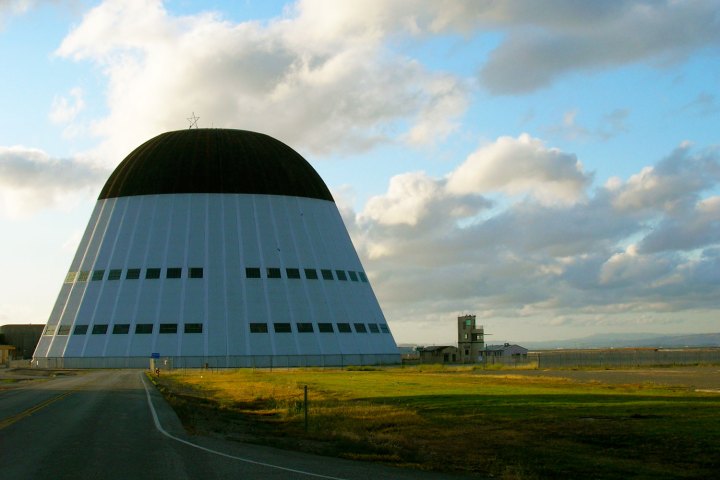
Hold on to your hats folks, it’s about to get technical. While traditional computers store information in bits, composed of 1s and 0s, a quantum computer instead stores that information in qubits, which can be 0, 1, or a superposition of both. Instead of simply reading and affecting that data, the system instead generates a probability that each string of qubits will be a certain possible value. It leverages the fact that these bits exist in an entangled state, in pairs in the case of the D-Wave X2, where their value can’t be described without solving the whole set.
More important than the nitty-gritty of how it actually works is what effect it has on real-world computing. The implications of Google’s tests confirm that quantum computing is real, and works well even in the early stages of its development. Still, Google is sure to temper expectations, especially when it comes to personal computing applications. Right now, quantum annealing shows the most promise for calculations as they approach 1000 binary variables, a nonexistent occurrence in daily desktop or laptop use.
If you want to really dive deep into the results of Google and NASA’s cooperative effort, the report is online in all of its technically detailed glory. Google’s blog post summarizing the report is decidedly more straightforward, but still contains a lot of esoteric computing jargon – you’ve been warned.


